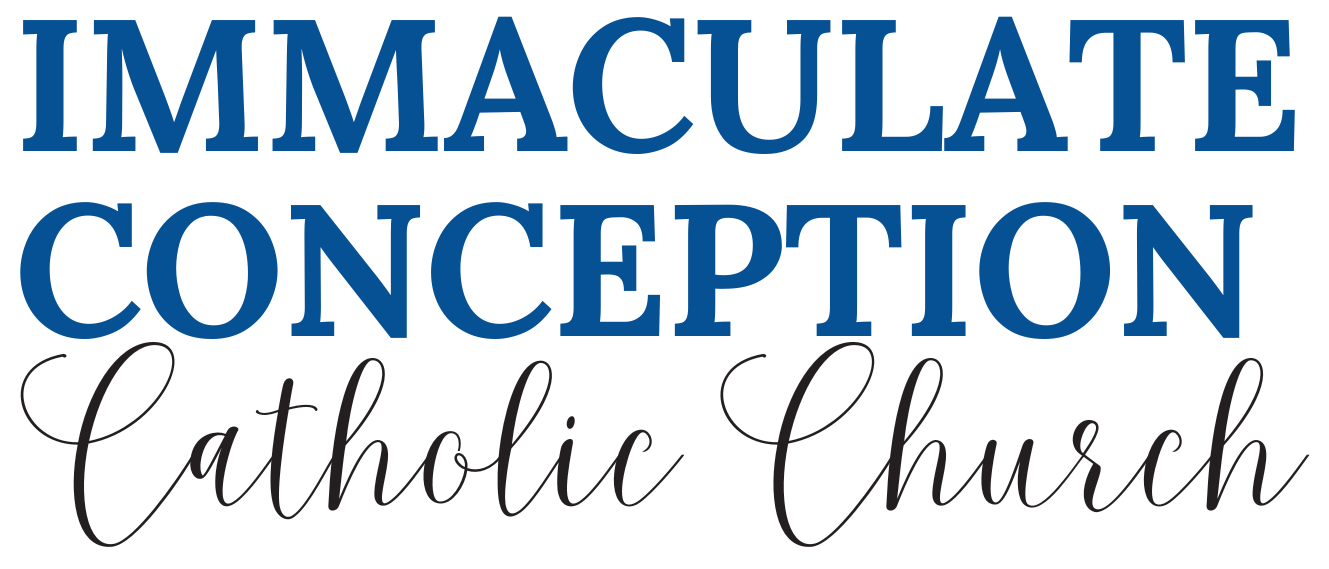Homilies
Homily of the Easter Sunday, 2025
The empty tomb was the first evidence of Jesus’ resurrection. Magdala, Peter and John were in awe when they saw the stone rolled aside, and Jesus’ Body was not there. The young disciple, who ran to the tomb first, saw the burial cloth and believed. Saint John concludes: “For they did not yet understand the Scripture that he had to rise from the dead.” This is the first point I like to make: reading the Scriptures and meditating on it are crucial to our faith in Jesus’ resurrection. We have to believe whenever we read or hear the gospel. Jesus was raised from the dead as he had foretold. He also promised that if we live and believe in him, he will raise us on the last day.
The second point is the tomb. A tomb represents a place of darkness and hopelessness. So, our tombs may be addictions of drugs, alcohol or pornography; our tombs may be fear, ignorance, greed, jealousy and envy; our tombs may be hatred and resentment; etc. those tombs enclose us and enslave us. During Lent, we have received God’s forgiveness then we have to walk out of our tomb with Christ to new life.
Dear friends in Christ, Resurrection is really good news to all of us who believe in Jesus. It gives us a new hope and a new purpose for our life on earth. If before we live for ourselves, now we should live for Christ. Like St. Paul said: “If then you were raised with Christ, (through baptism), seek what is above, where Christ is seated at the right hand of God. Think of what is above, not of what is on earth.” Through the Eucharist, we share the life of Christ. Therefore we have a responsibility to make his resurrection known. In wherever we live and work, we have to show to those around us that the risen Christ has really changed us anew. Jesus’ disciples are supposed to live in hope, not despair, in joy, not sorrow. That is how we proclaim his resurrection to the world.
May all of us have true peace and joy when we proclaim the resurrection of Jesus Christ to others. Amen.


